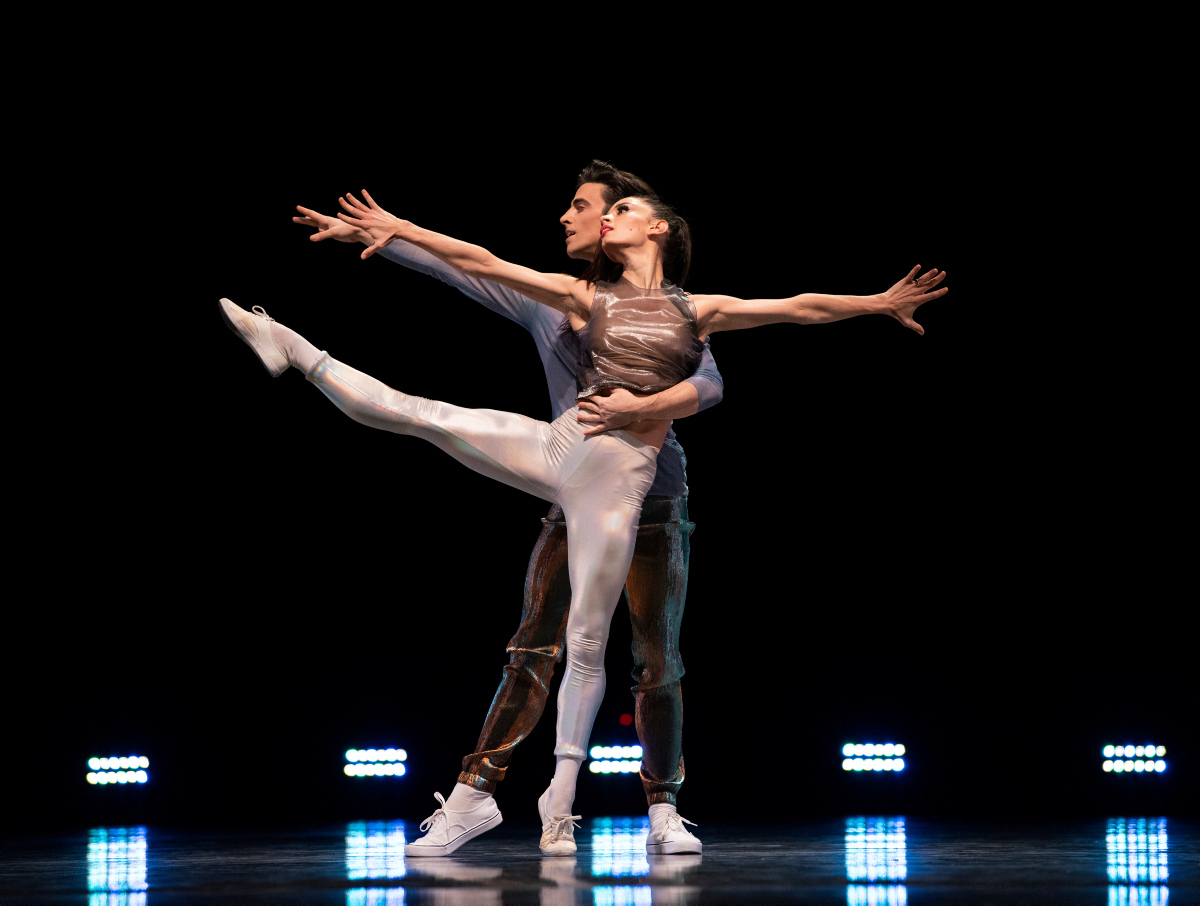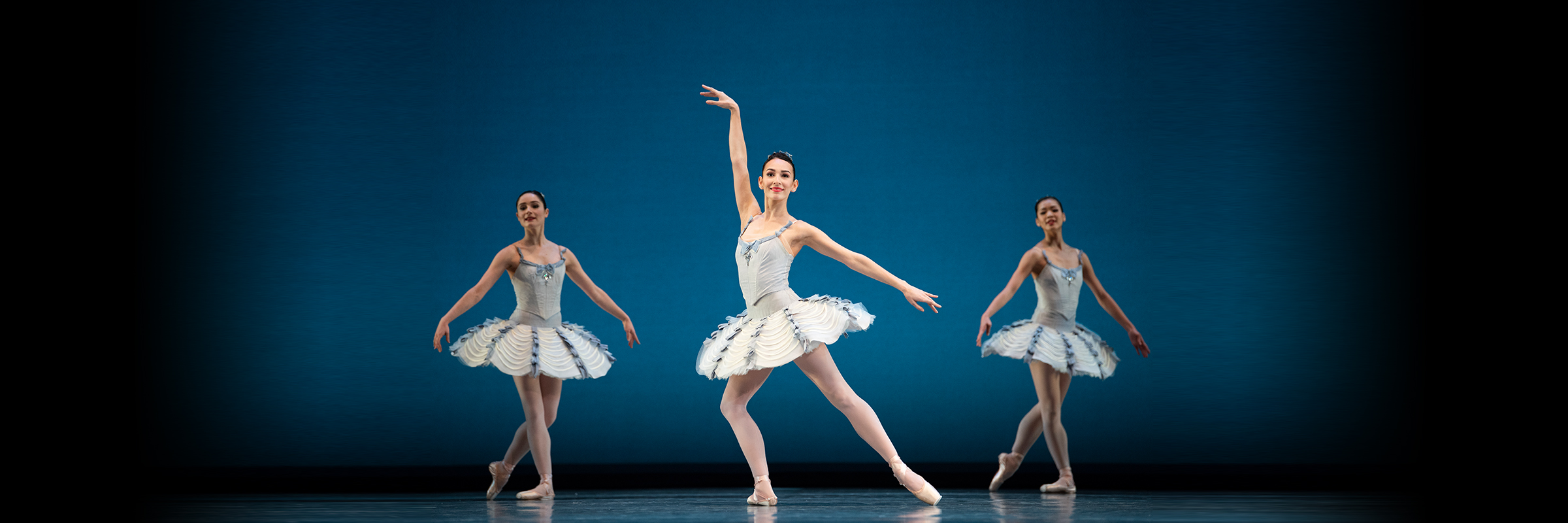Your Ultimate Guide to Kaleidoscope
Mozart, Beethoven, M83—The Musical Back-drop to Program 02
What Is It? Three distinct takes on the classical idiom to three musical masterpieces.
Who’s It For? Anyone who loves going to the symphony, seeing elite athletes compete, or watching romantic movies.
DIVERTIMENTO NO. 15

What Am I Seeing? Divertimento No. 15 may be a pretty tutu ballet, but it’s anything but stuffy. This sparkling masterpiece—choreographed in 1956 by 20th-century genius George Balanchine—features five principal women, three principal men, and a corps de ballet of eight. Keenly attuned to its music, this ballet showcases its dancers, highlighting their technique, musicality, and the pure joy of dance.
What Am I Hearing? Wolfgang Amadeus Mozart’s Divertimento No. 15, composed in 1777, plus a cadenza by John Coleman, added in the 1960s. Balanchine considered this piece the finest divertimento Mozart ever wrote, and this 1956 version was his second attempt to choreograph to this music.
What Should I Look For? Note the solos for the principal women and one principal man—Balanchine made this ballet for some of his favorite dancers and each of these variations on a theme showcases something unique about their personalities and technique. Also note the numbers games he plays. Like Mozart’s music, which exemplifies the clarity, balance, and formality of classical style, this ballet moves its dancers in pairs and threes to create a sense of symmetry and proportion.
APPASSIONATA

What Am I Seeing? An intimate exploration of love and passion created by LA Dance Project director Benjamin Millepied. First created for the Paris Opera Ballet, where Millepied was director from 2014 to 2016, this ballet features three couples who fall in and out of love over the course of its 30 minutes.
What Am I Hearing? Ludwig von Beethoven’s Piano Sonata No. 23 in F minor, commonly known as the Appassionata. Fiendishly difficult to play, this sonata is explosive, volatile, and impassioned—a stark contrast to the sunny clarity of Mozart’s Divertimento.
What Should I Look For? The heart of this ballet is in the central pas de deux set to the andante. This romantic interlude interrupts the frenetic pace set in the opening allegro and transforms the emotional energy of the ballet.
HURRY UP, WE’RE DREAMING

What Am I Seeing? Inspired in part by walking through San Francisco, Peck’s new ballet, Hurry Up, We’re Dreaming, crafts an evolving dreamscape to an album by electronic music group M83. Oh, and did we mention it’s danced in sneakers? Although a ballet choreographer—look for how his dancers move through classical shapes—Peck has been experimenting of late with choreographing not in pointe shoes, but in sneakers. It’s a choice that changes the dancers’ relationship to weight and the floor, grounding them in a way that seems freshly modern.
What Am I Hearing? Excerpts from Hurry Up, We’re Dreaming, an album by French electronic music project M83. Written when M83 creator Anthony Gonzalez moved to Los Angeles, this album was what Peck found himself listening to when he was visiting SF in 2015.
What Should I Look For? Look for the three duets and how they differ from one another. And for how soloists appear and disappear within the greater mass, suggesting not just a community, but a whole world of inspiration and dream.
Header Photo: Kamryn Baldwin in Balanchine’s Divertimento #15. (Choreography by George Balanchine © The Balanchine Trust; Photo © Erik Tomasson)








